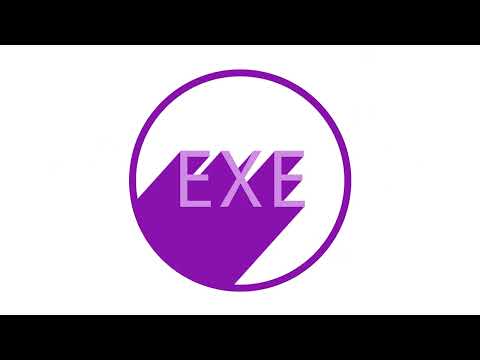Description The status of the storage page is showing “Recording Not Possible” on ExacqVision Edge for some Illustra cameras. This is a result of SD encryption mode being enabled on the camera. Products Steps to Reproduce Install the Edge software on the camera, and then try to record video to the SD card. Expected… Continue reading ‘Recording Not Possible’ Status on ExacqVision Edge Illustra
Tag: Encryption
Installer Not Signed or The Signature is Corrupt or Invalid
Description If the DigiCert Trusted Root G4 Certificate is missing, exacqVision Software updates downloaded from exacq.com or initiated within exacqVision Client, will report a signature error. Products Steps to Reproduce Expected Results Actual Results Solution
Export File Types
Gain a deeper understanding of the benefits each of the many export file types available from ExacqVision provides you. If an incident occurs and you need to share recordings with your management, a legal representative, law enforcement, or others… knowing which file type provides the protections or data needed, and that they can review is… Continue reading Export File Types
AES Encryption Methods Supported For LDAP Connection
AES-128 and AES-256 encryption support for LDAP communication was added with the release of exacqVision Server 21.12.3. Versions older than that must use RC4 encryption. To determine if you are using the AES encryption or not. Check the logs from Exacq server for the StreamPi plugin, and if you are using the AES encryption and… Continue reading AES Encryption Methods Supported For LDAP Connection
Authentication and Encryption (Server/Client)
For client-server communication, we use 128 bit AES encryption in combination with Diffie-Hellman key exchange. By default, the key is updated every 5 minutes. This is true for all data except video stream, audio stream and blob (map images, etc…) data. For server-camera/device communication, the encryption is camera dependent and does not use SSL. We… Continue reading Authentication and Encryption (Server/Client)
SMB server signing and encryption for Archiving
exacqVision’s default method for archiving recorded data uses the SMB protocol. Using an exacqVision S-Series storage system makes configuring archiving simple. Users may also archive to SMB shares configured on their own third-party systems, but installing and configuring Samba or SMB Shares on non-Exacq built systems is outside the scope of Exacq Support. There have… Continue reading SMB server signing and encryption for Archiving
Camera-to-Recorder HTTPS Connections
exacqVision supports connecting to many cameras using HTTPS. Depending on the camera firmware capabilities and the device type plugin used in exacqVision the level of encryption provided may vary. Using the IP Camera Integration Database, you may choose to filter the displayed results by devices which support SSL (HTTPS). <br> Connecting with HTTPS When adding… Continue reading Camera-to-Recorder HTTPS Connections
